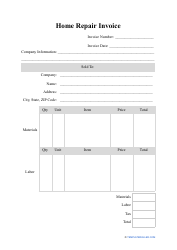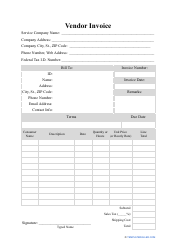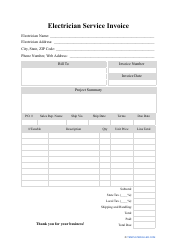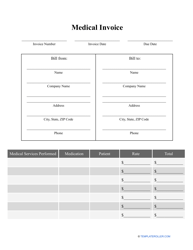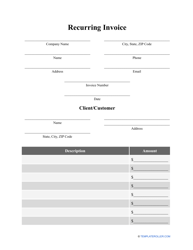How to Send an Invoice?
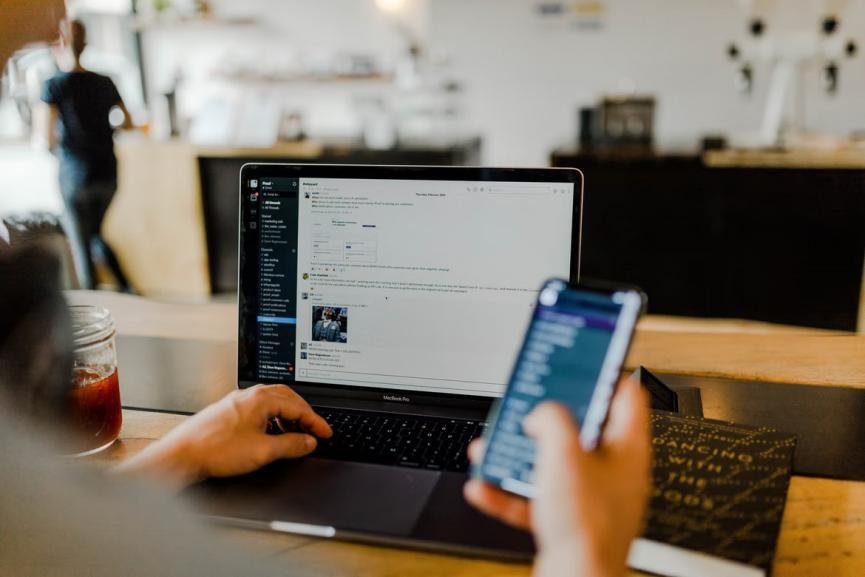
How to Send an Invoice?
If you want to send an invoice, you need to firstly ensure that your invoice is correctly formatted and all the correct details are included. If you are still not completely sure about what an invoice is and whether or not you need one, you can click on What’s an Invoice?
The details in an invoice include information about both parties, the products or services carried out, and the relative price for these services. Depending on your agreement, you may want to add additional information. The invoice should also clearly outline the method of payment along with any deadlines. A customer should be able to open your invoice and instantly understand who it is from, what it is for, how much to pay, and when to pay it by. If your invoice answers all of these questions then you have made a good invoice and you are ready to send.
If you do not use any particular platforms for a customer invoice, you can use a simple template and send it as a PDF document to your client via email.
How to Invoice Customers?
Sending an invoice to a company, or any other customer is not too time-consuming or difficult if you already have a ready-made template that you can adapt to each customer. Generally, when sending an invoice, you need to include the tips below:
- Include the title (what the invoice is for), an invoice number, date, and details regarding the client and service/goods provider;
- A clear outline of all the products or services provided should be outlined together with the quantity and an overall subtotal;
- The payment conditions . This should include the methods of payment as well as any deadline dates.
Including all of this information increases the chances of a quick payment from the customer which increases efficiency.
When to Invoice a Customer?
Another important consideration is knowing when to send an invoice. First of all, although it may seem like common sense, many businesses do not take into account about informing their clients about invoicing. If you are drafting up an invoice for a client, tell them beforehand that they will receive an invoice and even better, let them know when. You do not want a client to receive an invoice out of thin air, it could lead them to ignore it or get annoyed.
Invoices should be sent out to customers once you have completed the agreed job successfully. If your business focuses on selling products, then the invoice should be presented after the goods are delivered. This can be done immediately after successful completion or within 24-48 hours.
There are of course some instances when it is acceptable to send an invoice before a service is completed. This mostly concerns any large projects, particularly those that have a long duration. In these cases, it may be appropriate to issue an invoice for a deposit or have a milestone agreement where you are paid a fixed sum after every completed milestone.
Sending an Invoice (by platform):
As generating and sending invoices can be quite time-consuming for a business, some individuals may opt to use platforms to take care of this. On some platforms such as eBay and PayPal, it is possible to generate and send invoices directly to a buyer. For more information on this, you can see our previous posts:
How to Email an Invoice?
Sending an invoice via email is one the most popular and efficient ways to send an invoice. It ensures that your client receives the invoice straight away and therefore, will be more likely to pay the invoice quicker. You first need to be aware of How to Write an Invoice Letter?, where you can refer to our previous post.
Once you have an invoice ready, you need to know how to email it correctly. Follow the tips below:
- Attach your invoice as a PDF . Do not include the invoice in the body of the text itself. Sending a PDF file is important because you do not want to send your invoice in an editable format;
- The subject of the email is very important . Don’t forget, the subject line is the first thing a client will see. If it doesn’t have the necessary components, a client may not even open it and consider it spam. A good subject needs to include the invoice number and the deadline date for payment. This will make it easier for your clients to recognize the invoice and if they happen to lose it, they will be able to find it quickly by searching the invoice number;
- The body of the text in the email itself needs to be formal, short, and concise . It should greet the customer and very briefly explain the contents of the invoice, mainly what it is for and the due date. Always offer the client a way to get in touch should any questions arise;
- Sign off formally and send.
How to Get a Client to Pay an Invoice?
Usually, sending a clear invoice to the client will be more than enough for the client to pay promptly. However, this isn’t always the case. Sometimes clients forget, sometimes they do not pay too much attention or may have just simply lost the invoice.
If you have sent an invoice and received no payment or response, you can send a polite follow-up email to remind them to pay. In most cases, the client will apologize and pay immediately. If this doesn’t happen, the next step is to make a firm phone call. If there are some financial issues or unhappiness from the side of the client, you can attempt to resolve the issue.
After trying all of these steps, if the client is still refusing to pay then you could consider getting in touch with a debt collection agency or consulting with an attorney.
Related Topics:

